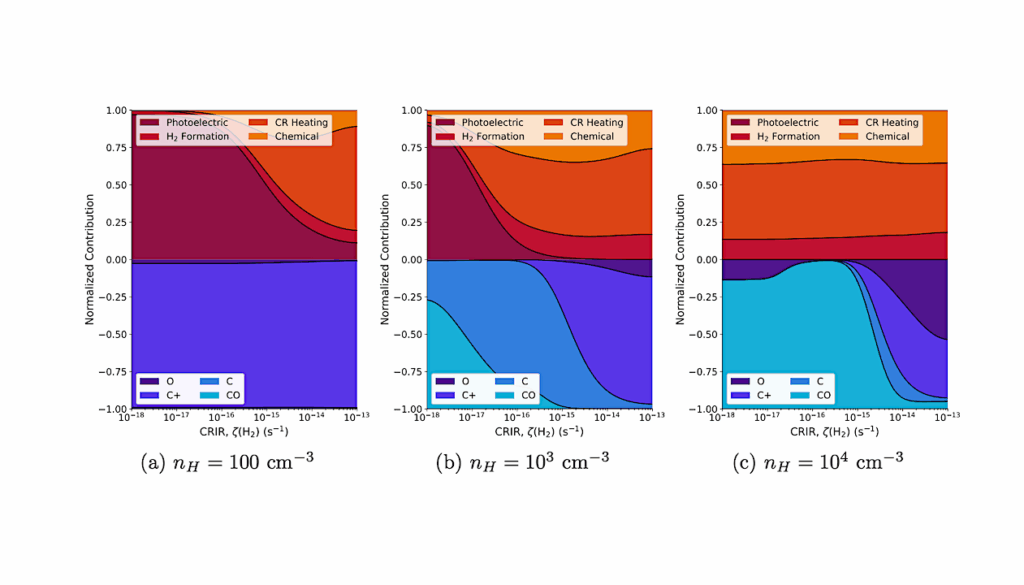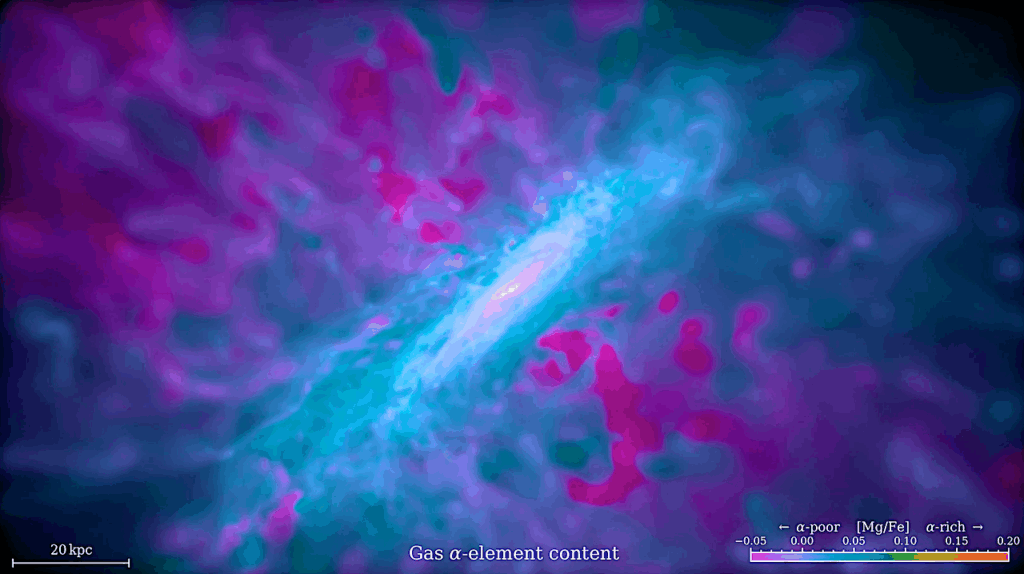The Need For Spatially Resolved Observations Of PAHs In Protoplanetary Discs

The signatures of polycyclic aromatic hydrocarbons (PAHs) have been observed in protoplanetary discs, and their emission features obtained from spectral energy distributions (SED) have been used in the literature to characterise their size and determine their abundance.
Two simple disc models (uniform PAH distribution against a PAH gap in the inner disc) are compared to investigate the difference of their SED and obtainable information. We used the radiative transfer code RADMC-3D to model the SED of two protoplanetary discs orbiting a typical Herbig star, one of which features a depletion of PAHs in the inner disc.
We further created artificial images of the discs at face-on view to extract radial profiles of the PAH emission in the infrared. We find that the extracted PAH features from an SED provide limited information about the PAHs in protoplanetary disc environments, except for the ionisation state. The distribution of PAHs in a protoplanetary disc influences the total observed PAH luminosity in a non-linear fashion and alters the relative strength between the 3.3μm and 11.3μm features.
Furthermore, we produced radial profiles at the 3μm, 6μm and, 11μm PAH emission features and find that they follow a double power-law profile where the slope reflects the radiative environment (single photon regime vs. multi-photon regime) in which the PAHs lie. Using spatially resolved techniques such as IFU or imaging in the era of the James Webb Space Telescope, we find that multi-wavelength radial emission profiles will not only provide information on the spatial distribution of the PAHs, but may also provide information on their size and underlying UV environment, which is crucial for photo-evaporative disc wind models.
K. Lange, C. Dominik, A. G. G. M. Tielens
Comments: 9 pages, 5 figures, accepted for Astronomy and Astrophysics
Subjects: Earth and Planetary Astrophysics (astro-ph.EP); Solar and Stellar Astrophysics (astro-ph.SR)
Cite as: arXiv:2311.12794 [astro-ph.EP] (or arXiv:2311.12794v1 [astro-ph.EP] for this version)
Submission history
From: Kevin Lange
[v1] Tue, 21 Nov 2023 18:59:09 UTC (309 KB)
https://arxiv.org/abs/2311.12794
Astrobiology








